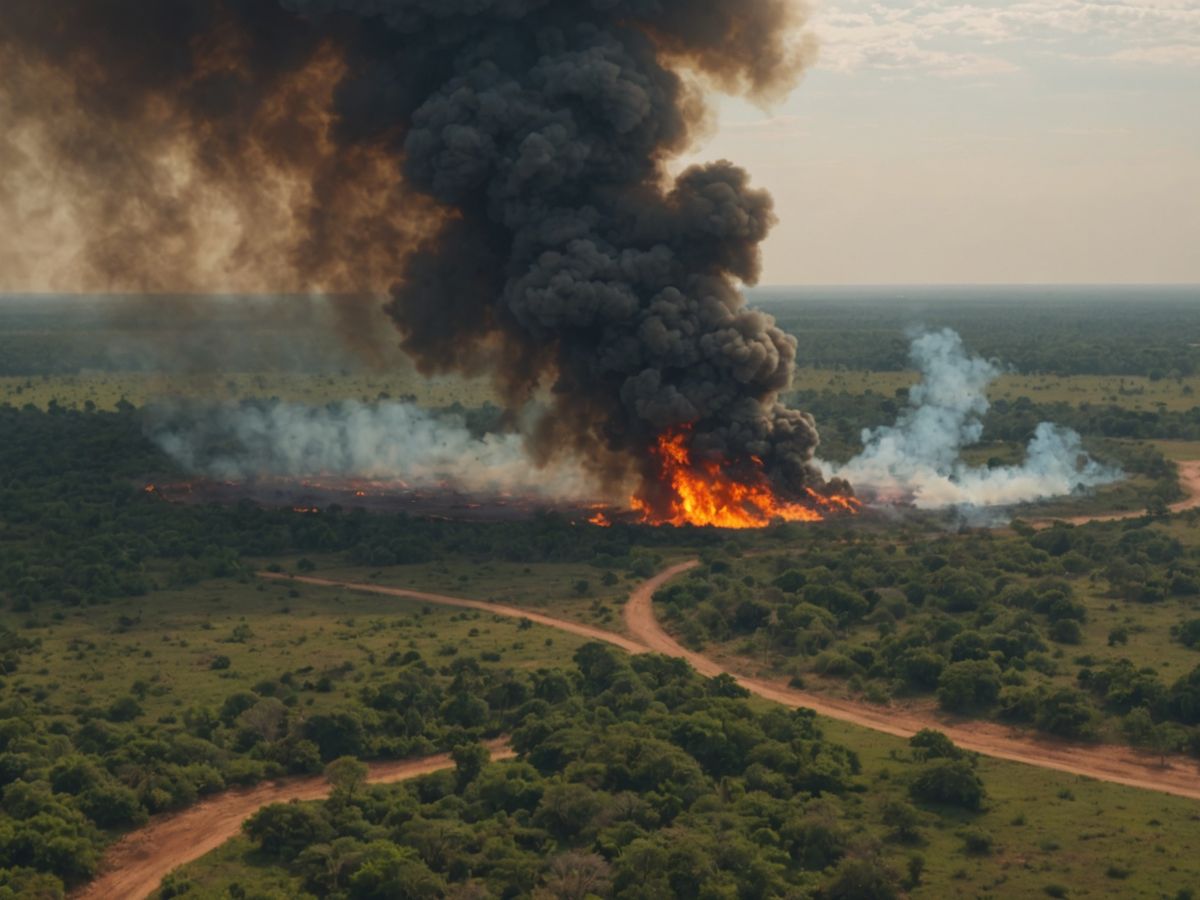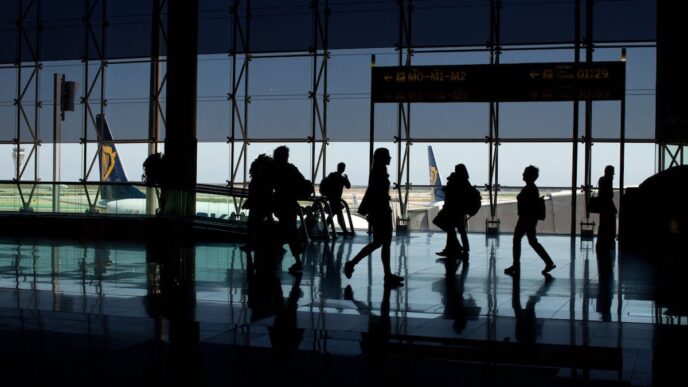Brazil’s Pantanal, one of the world’s most biodiverse regions, is once again engulfed in flames. Thousands of fires have erupted since the beginning of the year, raising concerns among NGOs and authorities about the potential for even larger blazes as the dry season progresses.
Key Takeaways
- Over 2,500 fires have been reported in the Pantanal since the start of 2024.
- The fires have destroyed at least 372,000 hectares of land.
- The region has been experiencing a chronic drought since 2019.
- The Pantanal is the largest wetland on the planet, home to diverse wildlife including jaguars and caimans.
A Region in Flames
The Pantanal, located in west-central Brazil, has seen a staggering 1,776% increase in fires compared to the same period in 2023. According to Brazil’s National Institute for Space Research, more than 2,500 fires have been recorded since the start of 2024. This surge in fires is particularly alarming as the dry season has only just begun.
At least 372,000 hectares, an area equivalent to the size of the French department of Vaucluse, have already been consumed by the flames. The fires are primarily concentrated in Mato Grosso do Sul, one of the two regions, along with Mato Grosso, that make up this fragile ecosystem. The Pantanal spans over 200,000 square kilometers in South America, with three-quarters of it located in Brazil.
Challenges in Firefighting
Firefighters are facing significant challenges in battling the blazes. Most of the fires are on private property, making it difficult for the Prevfogo brigades deployed by the environmental police to access the affected areas. The swampy terrain further complicates travel, with some areas taking up to seven hours to reach.
Impact of Chronic Drought
The Pantanal has been suffering from an almost chronic drought since 2019. Between December 2023 and May 2024, the upper basin of the Paraguay River, the main watercourse flooding the Pantanal, experienced a deficit of 277 millimeters compared to historical norms. This lack of rainfall has left the vegetation extremely dry and susceptible to fires.
Rafael Hoogesteijn, local coordinator of the NGO Panthera Brasil, reported spotting the glow of flames on the horizon on the night of June 13. "The fires are now 40 or 50 kilometers to the west," he said. "They’re getting closer, driven by easterly winds, and taking advantage of very, very dry vegetation."
A History of Devastation
The current fires are a grim reminder of the massive blazes that devastated the Pantanal in 2020. During that year, fires claimed the lives of 17 million vertebrates and consumed 40,000 square kilometers of vegetation, a quarter of the ecosystem. The region is still in the process of recovery from that disaster.
Broader Environmental Concerns
The fires in the Pantanal are part of a broader pattern of environmental challenges facing Brazil. The country has been hit by a series of natural disasters, including record heat waves in Rio de Janeiro, drought in the Amazon, and deadly floods in Rio Grande do Sul, which have already claimed 177 lives.
Conclusion
The situation in the Pantanal is dire, with fires continuing to spread and the dry season just beginning. The ongoing drought and lack of effective climate change policies are exacerbating the crisis. Immediate action is needed to protect this vital ecosystem and its diverse wildlife from further destruction.













